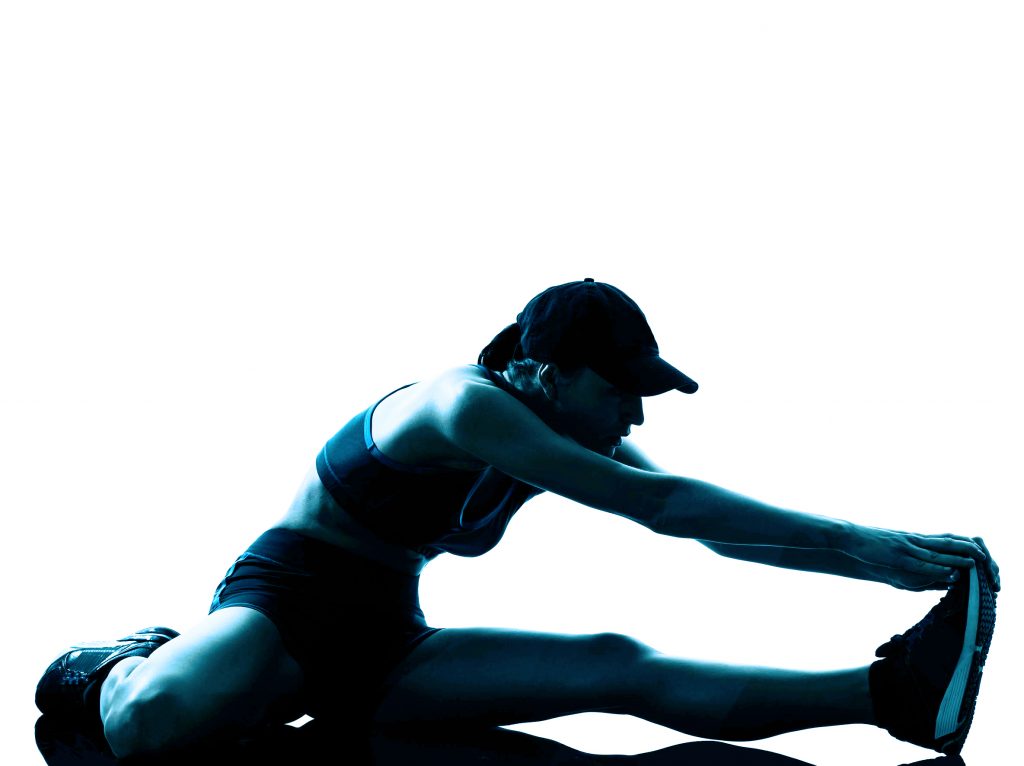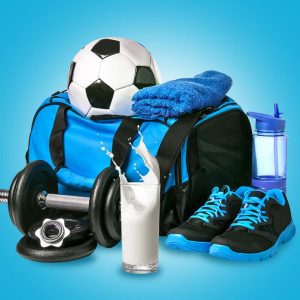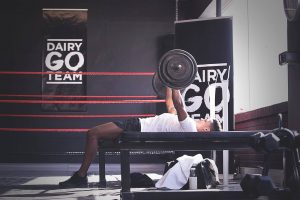Milk – the latest recommended sports drink!
Did you know that low-fat milk is taking on sports drinks and coming out tops? Recent studies have tested low-fat milk (and low-fat chocolate milk!) as an alternative exercise recovery drink for athletes performing resistance and endurance activities.
Our sports dietitian’s hack.
Low-fat flavoured milk or drinking yoghurt is the perfect sports drink because it:
- contains carbohydrates to boost energy, combat fatigue, fill up fuel stores and ensure hydration;
- contains protein to help muscles recover, giving a rich supply of easily absorbed calcium to build and maintain strong bones;
- contains potassium, sodium and magnesium to replace electrolytes lost through sweating;
- contains fluid to prevent heat stress and exhaustion; and
- comes in a variety of flavours to encourage youngsters to drink enough fluids.
Athletes need fuel, for both immediate and stored energy. The body’s preferred source of fuel is carbohydrate (sugar), which is stored as glycogen in the muscles. Protein is also needed to help rebuild muscles and repair them after prolonged or strenuous use. Milk offers both the carbs (in the form of lactose) and protein (the whey and casein). When compared to sports drinks, low-fat milk, plain or chocolate, was equivalent or better for fuelling, repairing and building of muscle. The results were especially impressive when milk was used as a recovery or post-exercise drink.
Milk has other performance-enhancing qualities as well – it contains electrolytes (sodium, potassium and other minerals), which are lost through sweat and must be replenished after exercise.
Milk is also rich in nutrients such as calcium and phosphorus, which are all essential for bone health. Calcium intakes frequently fall short in the diets of athletes, and when the body falls short of the daily requirements, it starts using the calcium stored in bones. Over time, this causes the bones to weaken and they become thin, brittle and can fracture easily. This often goes unnoticed for many years and can result in a condition called osteoporosis. In South-Africa, one in three women over the age of 50 is affected by osteoporosis, and the incidence is said to be increasing.
Be sure you get your three servings of dairy per day
A serving size is:
250 ml milk; 200ml yoghurt or maas and 40g cheese – each providing approximately 300mg calcium per serving
Milk is good for muscle recovery after exercise
(Consumer Education Project of Milk SA www.rediscoverdairy.co.za)
Athletes who drink milk after exercising experience less muscle damage and seem to recover faster and then perform better in subsequent exercise. Dairy is an ideal post-exercise snack as it provides carbohydrates, protein and minerals. So how about a chilled flavoured milk or drinking yoghurt, a cheese sandwich or a homemade smoothie with fresh fruit and milk and yoghurt after your next training workout, for a change? It looks as though both your muscles and bones will thank you for it!
Here is the approximate calcium content of a few calcium-rich foods:
With this combination of foods, you could have an intake of well over 1000 mg:
| Food | Quantity | Calcium mg |
Yoghurt – low-fat |
1 tub (175ml) | 320 mg |
| Cows milk – low-fat (1.5%) | 1 cup | 305 mg |
| Cheese – hard (cheddar etc) | 40 g | 300 mg |
| Salmon, canned with bones | 100 g | 213 mg |
| Milk, low-fat | 500 ml (2 cups) | 600 mg |
| Cheese | 40 g (size of a matchbox) | 300 mg |
| Salmon/sardines/pilchards | half a can | 200 mg |
| Bread | 4 slices | 80 mg |
| Broccoli | ½ cup | 70 mg |
| Almonds | 25 g | 60 mg |


